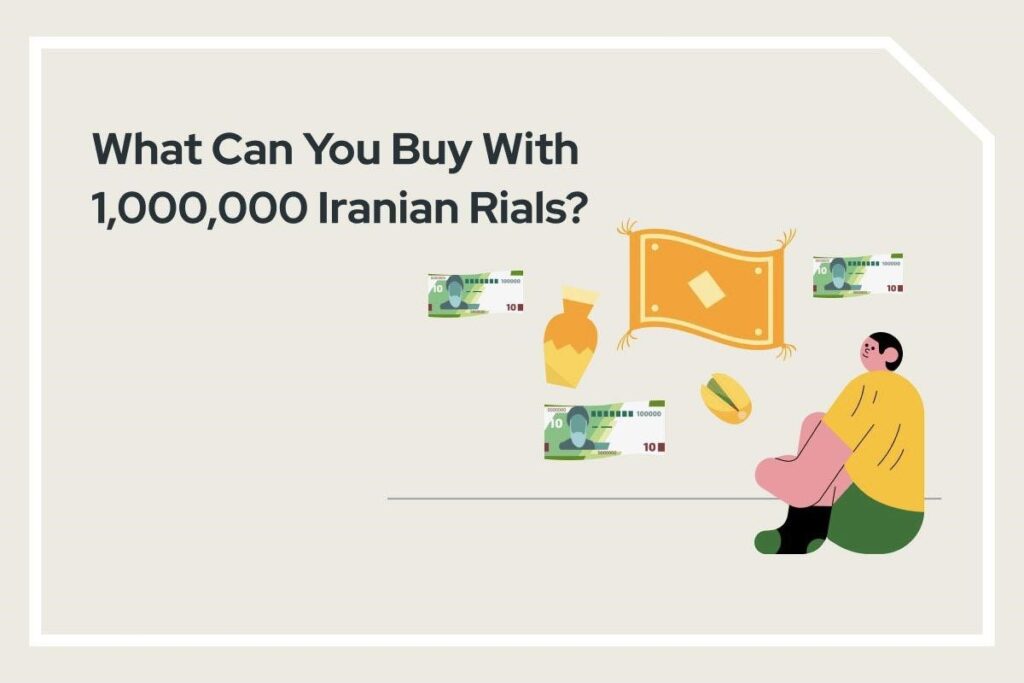
How much Iranian Rials will give you purchasing power? According to “Destination Iran”, the “Iran Maze” website has provided some useful insight into using Iranian currency for international travelers.
You’ve done the groundwork for your trip to Iran – visa, flight, and luggage – all checked off the list. But before you jet off, there’s one crucial question: how much cash should you carry? Contrary to common assumptions, Iran isn’t a pricey destination for tourists. However, understanding the local currency and costs is key to maximizing your experience.
In this article, we find out what you can buy with 1,000,000 rials in Iran. From culinary delights to cultural souvenirs, we’ll explore the possibilities that await within this budget.
What’s the Iranian Currency – Rial or Toman?
In Iran, the official currency is the Rial. However, in daily transactions, people commonly employ the informal unit known as the ‘Toman.’ Originating from the Mongolian language in the 13th century A.D., 1 Toman equates to 10 Rials.
For tourists, this dual currency system often leads to confusion. While banknotes and coins display amounts in Rials, prices are typically quoted in Tomans. For instance, if you inquire about the price of a bottle of water at a supermarket, you might be told it costs 1,500 Tomans, which translates to 15,000 Rials.
Adding to the complexity, locals often drop the words ‘thousand’ and ‘million’ when discussing large sums, further obscuring the true value. So, if a taxi driver quotes you a fare of 15 Tomans, they mean 15,000 Tomans, or 150,000 Rials, requiring payment with a combination of 100,000 and 50,000 Rial notes.
Generally, Rials are used for most supermarket items and online purchases, while Tomans may appear on manually labeled shelves or for artisanal products. To avoid confusion, familiarize yourself with the Persian terms for each currency unit: ریال (Rial) and تومان (Toman). This can help prevent misunderstandings and ensure smooth transactions during your time in Iran.
Do You Have to Carry Cash in Iran?
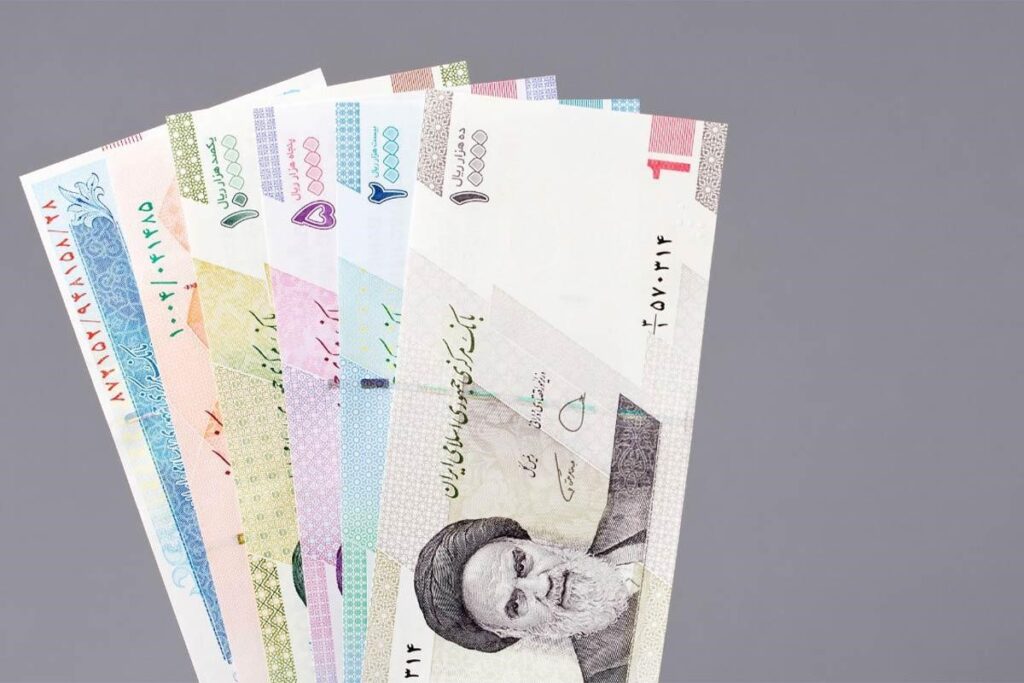
Foreign debit and credit cards are not accepted in Iran due to international sanctions affecting the country’s financial transactions. This means that your MasterCard or Visa Card will prove ineffective across most establishments, with only select upscale venues, such as carpet stores or travel agencies, occasionally accommodating such payment methods.
While Iranians rely on their local debit cards for everyday transactions – even subway vendors are equipped with POS machines – tourists can’t use this option. Therefore, it’s recommended to have enough cash for the entirety of your trip. Upon arrival in the country, you can convert your cash into a prepaid debit card called Iran Tourist Card, which can be loaded with Iranian or common foreign currencies.
What Can You Buy with 1,000,000 Rials in Iran?
It’s no secret that Iranian Rial is known as the world’s least valuable currency, which has happened due to the country’s severe inflation in the past decades. At the time of writing this article, $1 equates to 647,000 Rials, which means you can’t buy that many things with 1,000,000 Rials in Iran. However, it also means you don’t need a huge budget to travel to this country.
To give you an example, let’s see how many groceries you can buy with 1,000,000 Iranian Rials:
- Lavash bread (one package)
- 3 eggs
- one small bottle of water
- Persian rice (200g)
- 2 teabags
But let’s say you increase the budget to 100,000,000 Rials, which equates to $155. With this budget, you can buy any souvenir you like, including:
Handicrafts
Iran is renowned for its rich tradition of handicrafts, which includes items such as pottery, ceramics, metalwork, wood carving, and glassware. Each region of Iran has its own unique style and techniques, resulting in a diverse array of beautifully crafted pieces.
Cashmere Fabric
Cashmere wool is known for its softness, warmth, and luxurious feel. Iran produces high-quality cashmere fabric, often used in clothing such as shawls, scarves, and sweaters.
Exquisite Carpets and Rugs
Persian carpets and rugs are famous worldwide for their intricate designs, vibrant colors, and superior craftsmanship. These handmade masterpieces are often considered valuable heirlooms and can be found in various sizes and designs.
Enamelware (Minakari)
Minakari is the art of decorating metal surfaces with colorful enamel designs. This traditional Iranian craft produces stunningly intricate pieces such as plates, vases, and jewelry, adorned with intricate patterns and motifs.
Inlaid dishes (Khatamkari)
Khatamkari is the art of inlaying delicate geometric patterns into wood, metal, or other surfaces. These inlaid dishes and boxes are adorned with intricate designs created using tiny pieces of wood, metal, or bone.
Turquoise Stone (Firouzeh)
Turquoise has been prized in Iran for centuries for its vivid blue-green color and spiritual significance. It is often used in jewelry, amulets, and decorative items, symbolizing protection and good fortune.
Snacks and Sweets
Iranian snacks and sweets are a delight for the taste buds. Gaz, Sohan, Baklava, and Qottab are just a few examples of the delicious treats you can find in Iran. These sweets often feature ingredients like nuts, honey, and rosewater.
Spices Like Saffron
Iran produces some of the finest saffron in the world. This prized spice is known for its rich flavor, vibrant color, and aromatic fragrance. Saffron is used in various Persian dishes and is also a popular souvenir for visitors.
Lavashak
Lavashak is a traditional Iranian fruit leather made from dried fruit pulp. It comes in a variety of flavors, including sour cherry, pomegranate, and plum. Lavashak is a popular snack enjoyed by both locals and tourists.
Travel to Iran: Is It Efficient for You?
The cost of traveling in Iran largely depends on whether you opt for a high-end tour with all the luxuries or a budget-friendly tour. Overall, expenses in Iran span from moderate to low across various categories. While accommodation costs may run slightly higher compared to some Southeast Asian countries, food and public transportation costs remain relatively low.
Whether you’re looking for something luxurious or a budget-friendly adventure, the best way to travel to Iran is by tour. Different Iran tour operator have various packages to offer travelers, from luxury tours to economical ones. As said earlier, Iran tours are generally very affordable due to the high inflation in the country.
What Are the Prices Like in Iran?
To provide a glimpse into the prices in the Iranian market, we outline average prices for various goods and services below:
| Item | Price Range |
| Single room in a three-star hotel in Tehran | $30-$40 per night |
| Single room in a five-star hotel in Tehran | $50-$70 per night |
| Meal at a mid-range restaurant in Tehran | $3-$10 |
| Meal at an upscale restaurant in Tehran | $10-$30 |
| Cup of coffee in Tehran | $1-$3 |
| 1.5-liter bottle of mineral water | $0.40 |
| Glass of fresh juice | $1-$2 |
| 1 kg of apples | less than $1 |
| 1 kg of pineapple | $2-$3 |
| Tehran-Esfahan, one-way | Bus: $4 Train: $6-$8 Flight: $20-$50 |
| Tehran-Tabriz, one-way | Bus: $5 Train: $8-$13 Flight: $20-$50 |
| Tehran-Shiraz, one-way | Bus: $6 Train: $8-$13 Flight: $25-$60 |
| Average taxi rental (including online services) | $2.5 |
| Subway and BRT bus fare | $0.1 |
Conclusion
Understanding the purchasing power of the Iranian Rial is essential for travelers. With its unique dual currency system, where the informal unit of Toman is widely used alongside the official Rial, navigating prices and transactions in Iran can be complex.
While travel expenses in Iran can vary based on factors such as accommodation choices, dining preferences, and transportation options, the overall purchasing power of the Iranian rial is not very high due to the severe inflation in the country. However, this means you can take less cash with you and enjoy a budget-friendly trip.




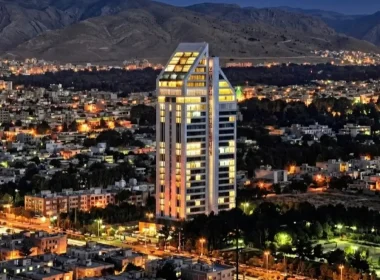

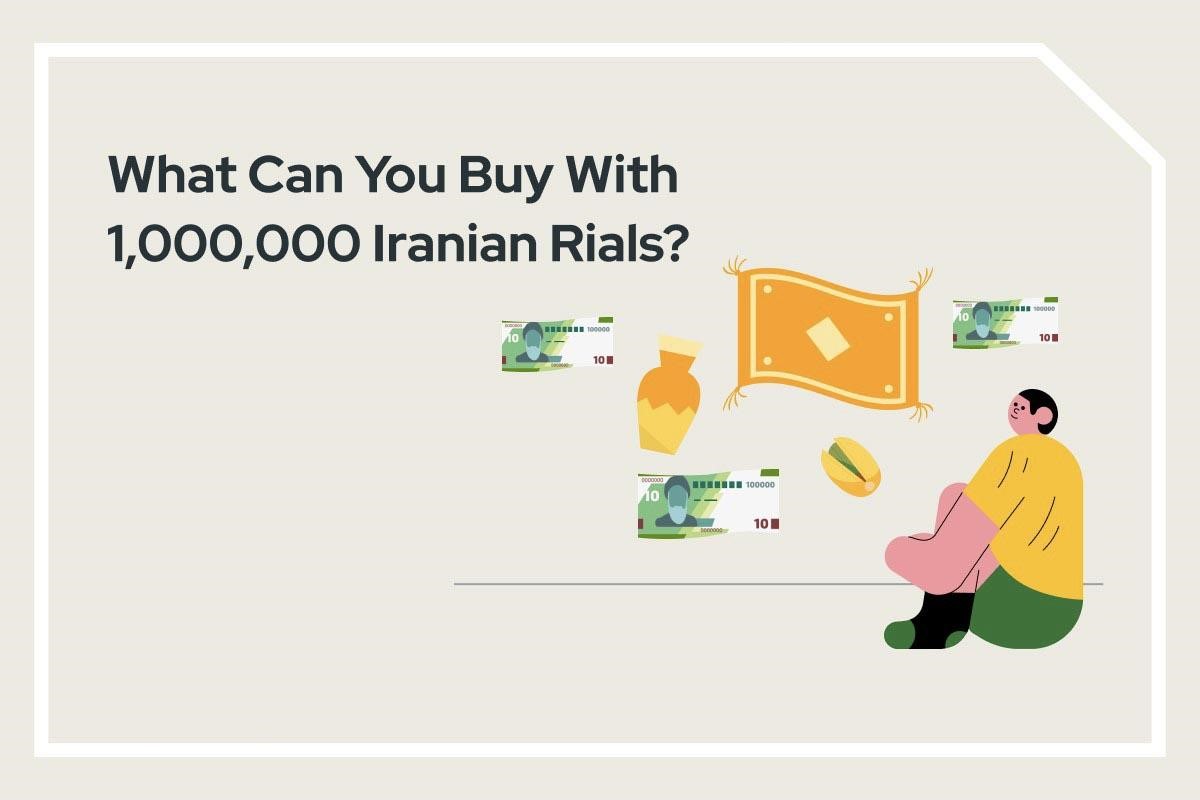
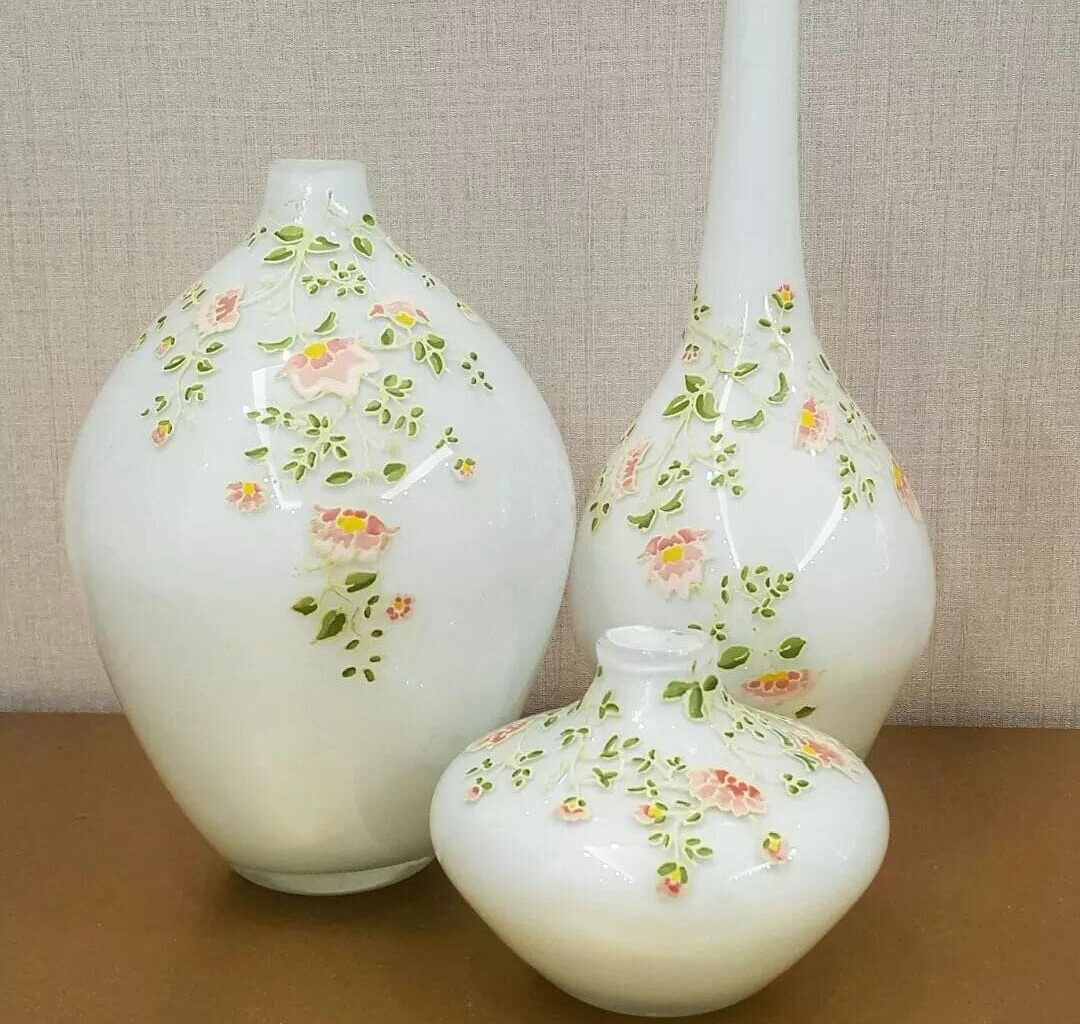
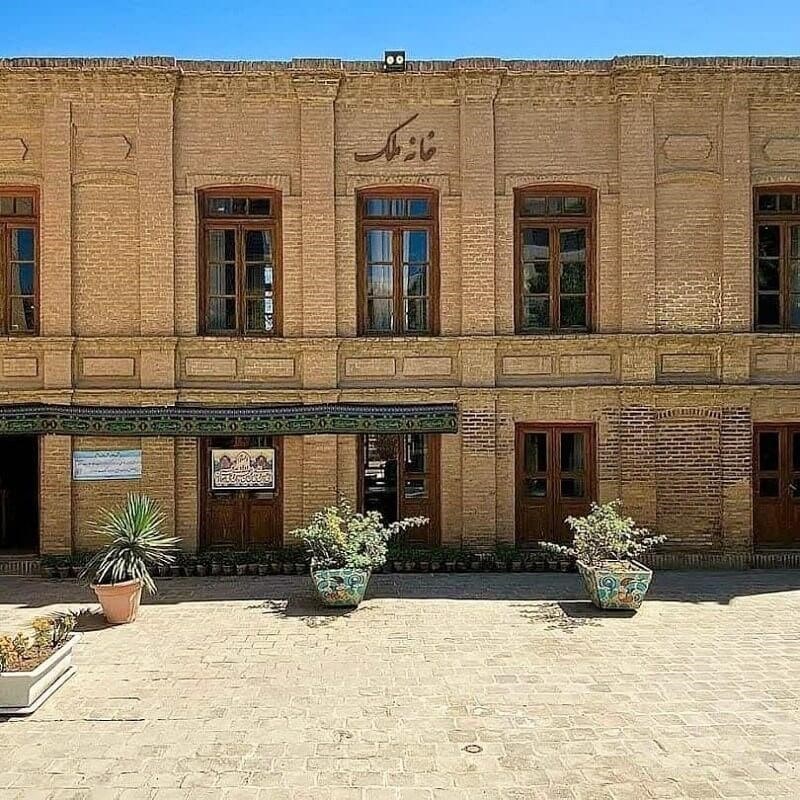


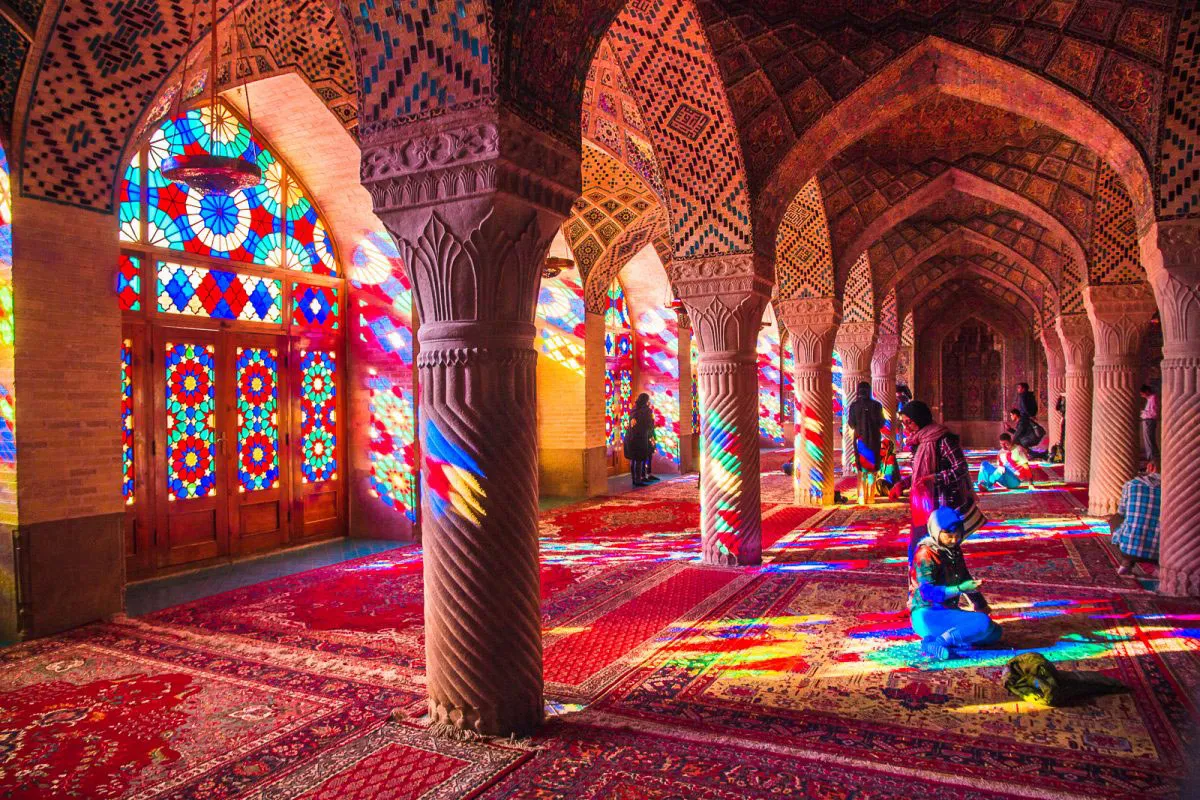



Greetings to you Currently in Iran, a 500cc bottle of drinking water costs 10,000 Tomans, equivalent to 100,000 Rials
Thanks for your view. In fact, prices change due to inflation in Iran. This post has been published in April 28, 2024. Now, things are definitely more costly.